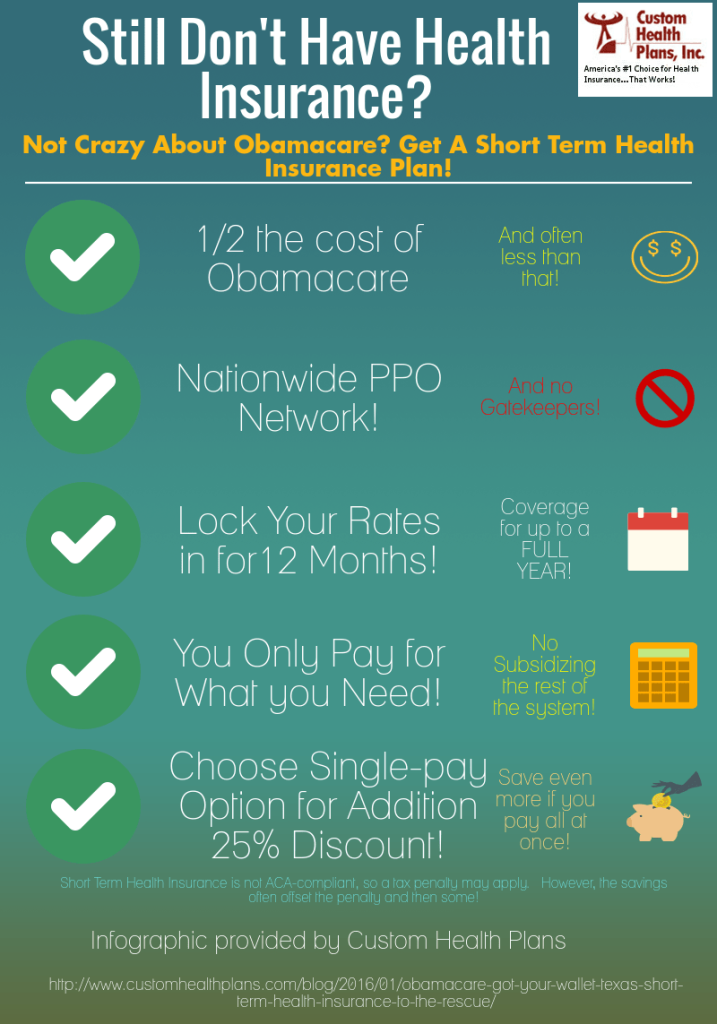Examine This Report on Medicare Advantage Agent
Examine This Report on Medicare Advantage Agent
Blog Article
The Best Strategy To Use For Medicare Advantage Agent
Table of ContentsSome Known Questions About Medicare Advantage Agent.An Unbiased View of Medicare Advantage AgentSome Known Questions About Medicare Advantage Agent.

adheres to from puzzling the relatively young age profile of the without insurance with the far better wellness, usually, of younger persons. This obscures the web link in between wellness standing and medical insurance. For those without accessibility to workplace health and wellness insurance policy, bad wellness is a possible obstacle to acquiring nongroup protection because such protection may be very priced, exclude pre-existing problems, or be just not available. The variety of without insurance Americans is not especially huge and has not transformed recently. Seven out of ten respondents in a country wide depictive study assumed that fewer Americans did not have wellness insurance than in fact do(Fronstin, 1998). About fifty percent(47 percent )believed that the number of individuals without health and wellness insurance coverage decreased or continued to be continuous over the latter fifty percent of the last years(Blendon et al., 1999). This decrease of almost 2 million in the number of individuals 'without insurance (a decrease
of about 4 percent)is certainly a positive adjustment. With a softer economic situation in 2000 the newest reported gains in insurance policy protection may not continue(Fronstin, 2001 ). The decline in the variety of uninsured will not continue if the economy remains slow and healthcare costs remain to surpass rising cost of living. This is since the information were gathered for a duration of solid economic efficiency. Of the estimated 42 million people who were uninsured, all but concerning 420,000(regarding 1 percent)were under 65 years of age, the age at which most Americans become qualified for Medicare; 32 million were adults between ages 18 and 65, around 19 percent of all adults in this age; and 10 million were youngsters under 18 years old, regarding 13.9 percent of all kids (Mills, 2000). These price quotes of the number of persons without insurance are produced from the annual March Supplement to the Present Population Survey (CPS), performed by the Demographics Bureau. Unless otherwise kept in mind, nationwide quotes of individuals without health insurance and percentages of the population with different type of protection are based upon the CPS, the most extensively used source of price quotes of insurance protection and uninsurance prices. These surveys and the price quotes they yield are described briefly in Table B. 1 in Appendix B - Medicare Advantage Agent. These surveys vary in size and sampling techniques, the concerns that are inquired about insurance
Medicare Advantage Agent - Truths
coverage, and the moment period over which insurance protection or uninsurance is measured(Lewis et al., 1998, Fronstin, 2000a ). Still, the CPS is specifically beneficial since it produces annual quotes reasonably promptly, reporting the previous year's insurance policy protection approximates each September, and because it is the basis for a constant set of price quotes for greater than two decades, permitting analysis of fads in insurance coverage with time.

Medicare Advantage Agent Fundamentals Explained
Over a three-year duration starting early in 1993, 72 million people, 29 percent of the united state populace, were without insurance coverage for at least one month. Within a solitary year(1994), 53 million people experienced at the very least a month without insurance coverage(Bennefield, 1998a). Six out of every ten uninsured adults are themselves utilized. Working does enhance the likelihood that one and one's family participants will certainly have insurance coverage, it is not a warranty. Also members of households with 2 full-time wage income earners have practically a one-in-ten possibility of being uninsured (9.1 percent without insurance rate)(Hoffman and Pohl, 2000 ). my link The connection in between medical insurance and access to care is well developed, as documented later on in this chapter. The connection between health and wellness insurance policy and wellness results is neither straight neither basic, a comprehensive professional and health solutions study literature web links health and wellness insurance policy protection
to improved access to care, better far better, and improved enhanced individual population populace statusCondition As an example, the second record, on individual health and wellness end results for without insurance grownups, is represented by the inner circle of the figure, while the third record, on family members health, incorporates the topics of the second record but stresses a different system of evaluation, particularly, the household. The sixth report in the series will offer information concerning approaches and campaigns undertaken in your area, statewide, or nationally to address the absence of insurance policy and its damaging impacts. Levels of evaluation for checking out the results of uninsurance. This discussion of medical insurance coverage focuses mostly on the united state population under age 65 because basically all Americans 65 and older have Medicare or other public protection.
Additionally, it concentrates particularly on those without any kind of wellness insurance coverage for any kind of length of time. The problems encountered by the underinsured remain in some areas comparable to those encountered by the without insurance, although they are usually less extreme. Uninsurance and underinsurance, nonetheless, include definitely different policy concerns, and the strategies for resolving them might differ. Throughout this research study and the five records to follow, the primary emphasis gets on persons without medical insurance and therefore no support in spending for healthcare past what is offered with charity and security net organizations. Health insurance is an effective aspect affecting invoice of treatment since both people and doctors react to the out-of-pocket cost of services. Medical insurance, however, is neither necessary neither sufficient to acquire accessibility to clinical services. However, the independent and direct impact of health and wellness
insurance policy protection on access to wellness services is well established. Others will obtain the healthcare they need also without medical insurance, by spending for it out of pocket or seeking it from service providers who use treatment free or at highly subsidized prices. For still others, medical insurance alone does not make sure receipt of care as a result of various other nonfinancial learn the facts here now obstacles, such as a lack of wellness treatment carriers in their area, limited access to transportation, illiteracy, or linguistic and cultural distinctions. Formal research regarding uninsured populaces in the United States dates to the late 1920s and early 1930s when the Board on the Price of Healthcare created a collection of records concerning financing medical professional workplace brows through and hospitalizations. This issue became prominent as the varieties of medically indigent climbed up throughout the Great Depression. Empirical research studies consistently sustain the link in between access to care and enhanced health and wellness end results(Bindman et al., 1995; Starfield, 1995 ). Having a regular resource of treatment can be considered a predictor of accessibility, instead than a direct step of it, when health and wellness results are themselves used as accessibility indications. This extension of the notion of access measurement was made by the IOM Board on Keeping Track Of Accessibility to Personal Health And Wellness Treatment Provider(Millman, 1993, p. Whether moms and dads are guaranteed shows up to impact whether their kids receive treatment along with just how much careeven if the kids themselves have insurance coverage(Hanson, 1998). The health and wellness of parents can impact their capability to look after their children and the level of family stress and anxiety. Fretting about their youngsters's accessibility to care is itself a resource of stress for parents. 3 phases follow in this report. Phase 2 gives a review of just how employment-based medical insurance, public programs and individual insurance plan operate and engage to provide extensive yet insufficient insurance coverage of the united state population. This consists of a review of historical trends and public laws influencing both public and exclusive insurance coverage, a discussion of the interactions among the different sorts of insurance coverage, and an evaluation of why individuals move from one program to an additional or wind up

Report this page